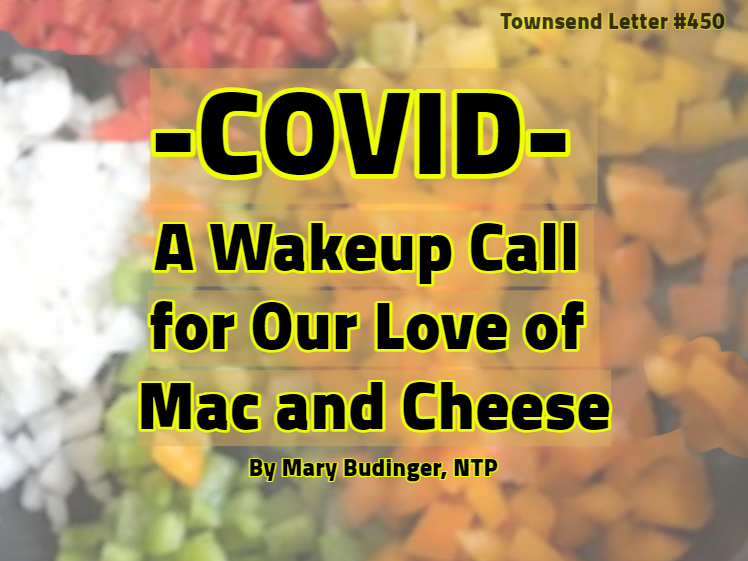For almost four decades, we’ve been told that Helicobacter pylori is a nasty bacterium that causes gastritis, peptic ulcers, and gastric cancer. But a June 2013 article in Townsend Letter, “Helicobacter pylori: Foe, Sometimes Friend” by Stephen Olmstead, MD and colleagues, helped me take a less narrow, black/white view. The authors explain, “Genetic studies suggest that H. pylori has been associated with humans as a gastric commensal microbe for at least 60,000 years, so it is likely that colonization confers some benefit and is pathogenic only in specific settings.”
What are those “specific settings”? In other words, what is the physiological terrain that incites H. pylori to cause damage? Perhaps, even more interesting…when/how does it offer protection? In Western medicine, H. pylori is treated as an enemy to abolish. Yet, cross-sectional studies show that as H. pylori prevalence decreases, the severity of GERD (gastroesophageal reflux disease) increases; moreover, the authors say there is “a strong correlation of the absence of H. pylori with Barrett’s esophagus and esophageal carcinoma.”
Instead of trying to kill off an organism that we don’t fully understand—and one that might, under certain circumstances, be an ally—wouldn’t it make more sense to aim for a middle way? If the microbiome has not taught us anything, it has shown that balance and diversity are keys to health…and that many factors in the terrain can turn a benign commensal into a pathogen.
Jule Klotter
Olmstead, S, Burns K, Meiss D, Ralston J. Helicobater pylori: Foe, Sometimes Friend. Townsend Letter. June 2013;48-52.
…You might also like:








